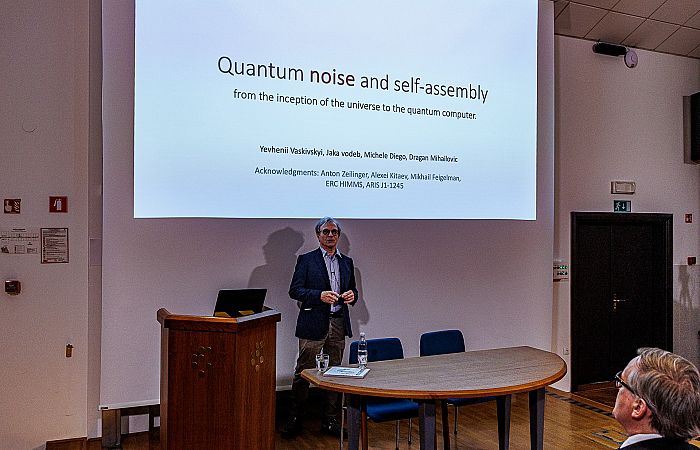In the last decades, nonequilibrium routes towards ultrafast control of material properties have become the focus of intense research activity. A phenomenon particularly suited for application is ultrafast state switching via charge injection. Uniquely, such switching between an insulating and a conductive state has been demonstrated at low temperatures in the transition metal dichalcogenide model material 1T-TaS2. Here sub-picosecond, reversible state switching can either be triggered by an ultrafast optical or electrical pulse which invites application in form of a resistance switch, i.e., a highly efficient ultrafast cryomemory cell.
The proposed research unites two very active fields of research: nonequilibrium physics and nanofabrication of van der Waals devices. Building on an existing collaboration between the applicants, we propose to continue the development of 1T-TaS2 electrical devices and investigate the respective switching characteristics ‘in real time’ (via femtosecond X-ray diffraction) and at the micro/nano scale (via scanning tunneling and X-ray microscopy, as well as angle-resolved photoemission spectroscopy). These experiments will provide direct insight into the mechanism that brings about the low-temperature insulating ground state of 1T-TaS2, which despite intense research activity is still presents a challenge to our fundamental understanding and sets the basis on which all of its metastable charge reconfiguration phenomena build upon. A closely related ongoing controversy concerns the question whether the insulating ground state is of Mott- or band-insulating nature. Recent results indicate that shedding light on the out-of-plane stacking of TaS2 layers and the in-plane domain configuration in the different equilibrium and nonequilibrium phases will be key to settle this issue.
Here we propose to address this by contrasting the different roles of the lattice and electronic degrees of freedom, as well as the surface and the bulk, during the ultrafast phase transition. Moreover, the development of more advanced devices, e.g., via on-chip integration of photoconductive switches or embedded electrodes, will allow pining down to what extent optical and electrical switching is indeed alike, which represents crucial input to further optimize the performance of the charge configuration cryomemory devices.
These prospects bring together a team with complementary expertise and access to unique, existing infrastructure. In particular, the project will capitalize on state-of-the art device fabrication, laboratory-based characterization, as well as, scattering experiments at synchrotrons and X-ray free-electron lasers. There, the integration of ultrafast electrical drives will complement optical lasers that are conventionally used in pump-probe schemes. Ultimately, this will not only enable investigations of ultrafast electrical switching of 1T-TaS2, but generally pave the way towards photon-based in-operando inspection of quantum devices and circuitry.
More details on SICRIS

The research project is (co)financed by the Slovenian Research and Innovation Agency.

